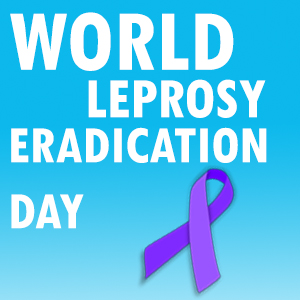Nanoparticle Therapy – An Emerging Cancer Treatment
5 Min Read

January 30th is remembered as World Leprosy Eradication day across the globe.
Leprosy is known to humanity for over 5000 years. Also referred to as Hansen's disease (HD), this chronic infection still prevails among a sizeable population of the world.
Once considered to be highly contagious, the patients were treated with Mercury but with little result. However, modern science has blessed us with the cure to this fatal disease. The WHO released figures recently stating that a whopping 16 million people across the globe have been cured of Leprosy in the last 10 years. The WHO provides free treatment to lepers across countries.
This disease is wide spread among those living in endemic areas under deplorable conditions such as unhygienic bedding, contaminated water, unclean food, or other diseases that have a bearing on the immunity system.
Though genes do have a link to the susceptibility of this disease, Studies have shown that that around 95% of the world’s population is naturally immune. Doctors state that it takes usually 3-5 years for the bacteria to incubate in the system before visible physical signs start manifesting.
Leprosy Mission Trust of India is the prime organization in India that works with individuals and communities that are socially disadvantaged by leprosy by helping them regain the respect in society by living a normal life and also get cured.
Although there is prevalence of forced quarantine of patients across the globe, it is not necessary as proper medications are available in the modern day. Many leper colonies exist in today’s world in countries such as India (where there are still more than 1,000 leper colonies) China and Japan. It is up to us to remove the darkness and myth surrounding this curable disease.